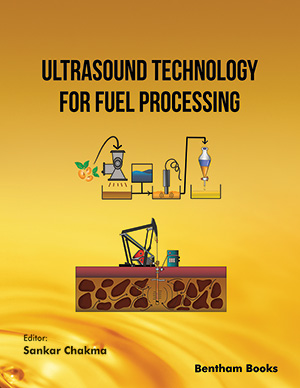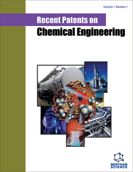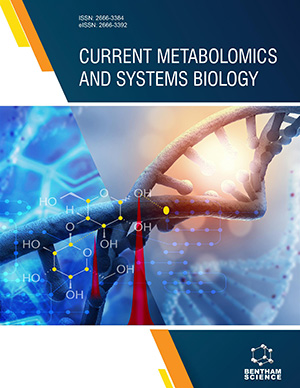Abstract
Ultrasound-assisted technique is well-known for process intensification via
chemical and physical changes under the influence of acoustic cavitation. Acoustic
cavitation is the phenomenon of nucleation, growth, and collapse of cavitation bubbles
into a liquid medium that augments the reaction kinetics and the final process yield.
This chapter provides a fundamental and detailed understanding of the acoustic
cavitation phenomenon. It includes the history and origin of the acoustic wave and its
formation, the concept of cavitation bubbles, bubble nucleation and growth mechanism,
cavitation effects, and its types. Numerous process parameters, such as applied
frequency, intensity, temperature, dissolved gas content, etc., also directly or indirectly
influence the cavitation threshold are also highlighted.
Further, the ultrasound's physical and chemical effects involving various chemical and
biochemical processes to enhance the process yield are also reviewed. The mode of
generation of ultrasound energy and its measurement technique are also briefly
discussed. Finally, an overview of modeling and simulation of radial motion of single
bubble growth, its oscillation in both ultrasound-assisted and conventional systems, and
bubble growth rate under rectified diffusion are also discussed in detail.
Keywords: Acoustic cavitation, Bubble dynamics, Cavitation, Intensity, Oxidation, Ultrasound, Ultrasound power.






















